Methods of connecting plastic pipes with metal: analysis of 2 best methods
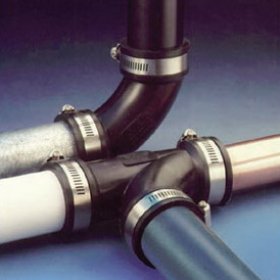
High-quality repair involves the mandatory replacement of obsolete metal pipes with modern plastic ones. They are used both for water supply and for sewage and, in some cases, even for installation of a heating system. Everything would be very simple if the communications changed completely. However, this is not always possible. For example, in an apartment building often you have to connect your section of the pipeline with the neighboring one, the owner of which does not even think about changing metal to plastic. In this case, it is required to extremely competently perform the connection of plastic pipes with metal ones, because the reliability and durability of the repaired communications will depend on it.
Where is the plastic-metal compound used?
Situations in which pipes of different materials need to be joined are common. Most often this is the construction of new housing or repair in one of the apartments of a multi-storey building. The connection to the premises of the water supply, heating and sewage systems can be carried out by pipelines of various kinds. It is not necessary that the desire of the owner of the building and the service companies will coincide.
The second most common option is leakage, corrosion, or overgrowing of water pipes and sewers. In this case, the replacement of the damaged area is required, which is cheaper and easiest to do through the use of plastic materials.
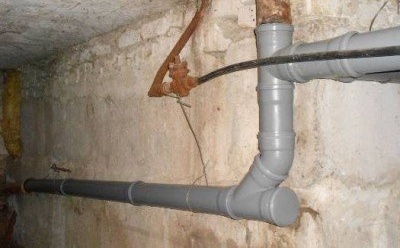
It is often necessary to replace the rotten old section of the pipeline and it is advisable to use plastic for the new system - in this case, you need to know how to properly connect metal and plastic pipes
2 types of possible connections
The name "plastic" refers to several types of tubes, including polyethylene, polypropylene, metal-plastic and polyvinyl chloride. Each of them can be connected to a metal pipe in only two ways:
- Threaded. Most often used to connect pipes of small or medium diameter. There are special adapters or fittings, which are parts with a smooth sleeve for plastic and thread for metal. They are considered the best option for connecting polypropylene pipes with metal pipes if their diameter does not exceed 40 mm.
- Flanged. A special detachable type of connection used for large-diameter pipes, for mounting components of the system or in order to be able to quickly disassemble a section of a pipeline if necessary. It is carried out using special elements - flanges.
When making a threaded connection, means for additional sealing are necessarily used, the same as when working with steel pipes. This can be, for example, flax fiber, impregnated with paint or drying oil, etc.

In order to connect a metal and plastic pipe of small diameter, a fitting is used: a special adapter with a thread for metal and a smooth sleeve for plastic
Features of mounting threaded fittings
Fittings are called adapters with thread on one side. It can be both external and internal. This part of the part is intended for fastening metal elements.
On the other hand, there is a smooth sleeve for soldering plastic. Practice shows that with the help of fittings of various configurations it is convenient to perform turns and bends in the mounted pipeline.
Connecting propylene pipes to metal pipes using a fitting is quite simple:
- The steel pipe coupling at the point of the proposed joint is unscrewed. If there is no coupling in the desired area, the pipe is cut, its edge is lubricated with oil or solid oil and the thread is cut using a thread cutter.
- The thread is cleaned, wiped. The future compound is being sealed: a fum tape or tow is wound, everything is smeared with silicone. The thread should not have more than one or two turns of sealing material, while the edge of the tape is directed along the thread.
- The fitting is wound only by hand, without the use of any tools. This is done so that excessive force does not lead to cracking of the element. If leaks appear after turning on the system, the fitting must be carefully tightened.
- The final stage is the welding of a plastic pipe to a special smooth coupling on the fitting.
An example of the work on the video:
Mount the pipeline using flanges
The flange connection of metal-plastic pipes with metal involves the construction of a split type joint, which, if necessary, will provide access to the desired section of the pipeline.
The assembly is mounted using special elements - flanges, which are of several types:
- Free, leaning on a straight shoulder. It is recommended for light constructions with a diameter of up to 300 mm, as well as heavy and medium pipes, whose diameter does not exceed 150 mm.
- The wedge connection with a figured flange and a steel protrusion is considered universal for any pipes.
- Free with support on a conical collar. Used to connect structures with a diameter of not more than 200 mm.
A straight cone with a conical transition is used to increase the bond strength.
For plastic pipes and their connections with metal, flanges of the free type with support on a straight collar are most often used. Before starting work, elements of the desired type and size corresponding to the diameter of the metal parts of the pipeline are selected. The flange must be carefully inspected for sharp burrs that could damage the plastic pipe. The connection is carried out in several stages:
- An even cut is made at the place of future connection.
- A flange is put on the pipe.
- A rubber gasket is installed, which should not go beyond the cut by more than 10 mm.
- The flange is pushed onto the gasket and bolted to the counterflange. The bolts are tightened evenly, without undue effort that could damage the part.
The threaded and flanged method of joining metal and plastic pipes is quite simple. The secret to their successful implementation is to carefully follow the instructions, then the resulting pipeline will be reliable and durable.
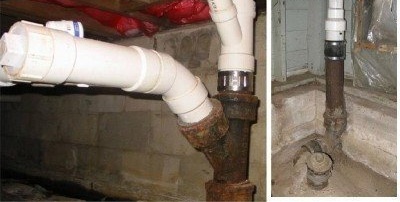
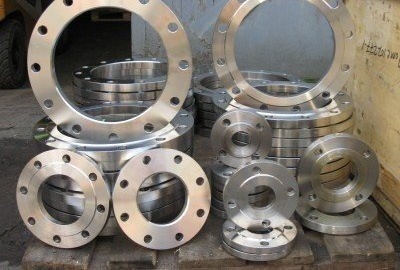
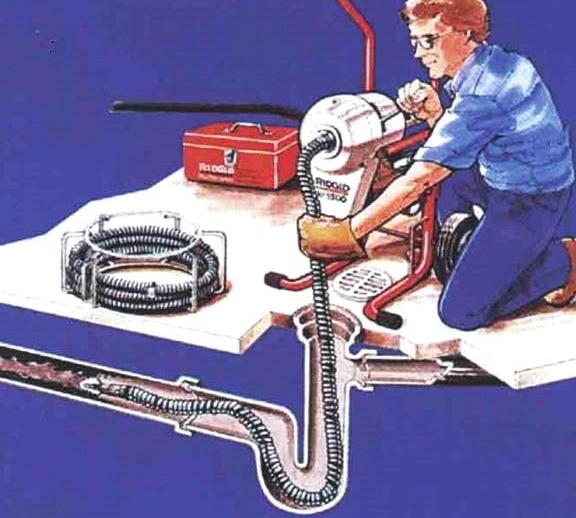
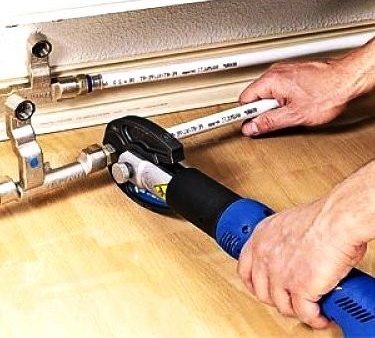
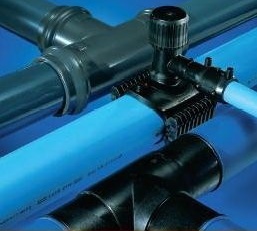
1 comment